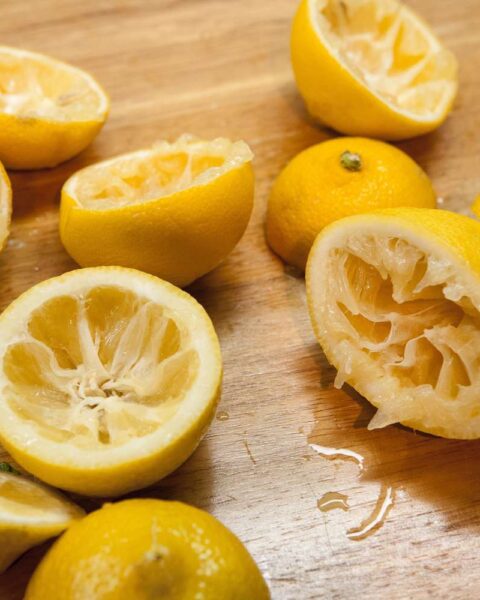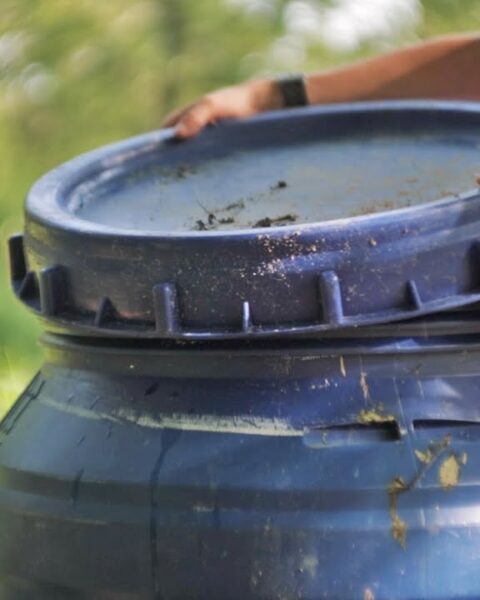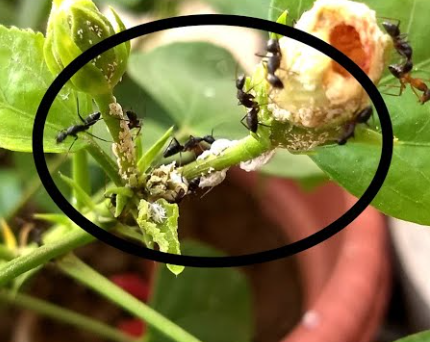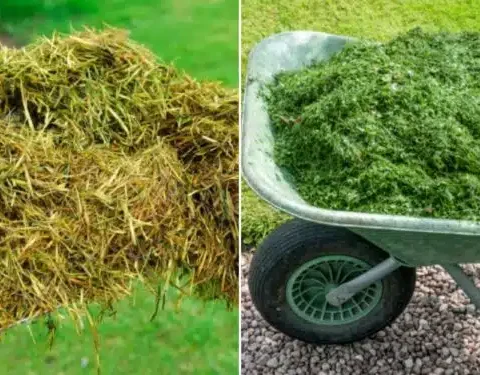Pruning trees and shrubs is a crucial aspect of gardening and landscaping that often goes overlooked or misunderstood. However, when done correctly, pruning can enhance the health, appearance, and productivity of plants. Knowing how and when to prune is essential for maintaining the vitality and beauty of your garden. In this guide, we’ll delve into the techniques and timing necessary for effective pruning.
Understanding Pruning:
Pruning is the process of selectively removing specific parts of a plant, such as branches, buds, or roots. The primary reasons for pruning include:
- Promoting plant health: Removing dead, diseased, or damaged branches helps prevent the spread of disease and encourages healthy growth.
- Shaping and aesthetics: Pruning can enhance the natural form of plants, improving their appearance and structure.
- Encouraging flowering and fruiting: Proper pruning can stimulate the production of flowers and fruit by removing excess growth and directing energy to productive areas.
- Controlling size: Pruning helps manage the size of trees and shrubs, preventing them from becoming overgrown and maintaining a desired shape and scale in the landscape.
Basic Pruning Techniques:
Before diving into specific timing, it’s essential to understand some basic pruning techniques:
- Cleaning: Remove dead, diseased, or damaged branches back to healthy tissue. Make clean cuts just outside the branch collar—the swollen area where the branch attaches to the trunk or main stem.
- Thinning: Selectively remove branches to improve airflow and light penetration throughout the canopy. This helps reduce the risk of disease and promotes even growth.
- Heading back: Shorten branches by cutting them back to a lateral bud or branch. This technique stimulates new growth and can help control the size and shape of the plant.
- Rejuvenation: For overgrown or neglected plants, rejuvenation pruning involves cutting back the entire plant to encourage fresh, vigorous growth from the base.
Timing of Pruning:
The timing of pruning depends on the type of plant and the desired outcome. Here are some general guidelines:
- Winter Pruning (Dormant Season): Many deciduous trees and shrubs are best pruned during late winter or early spring while they are dormant. This includes species such as maples, birches, and dogwoods. Pruning during dormancy minimizes stress on the plant and allows for better wound healing.
- Spring Pruning: For early-flowering shrubs such as lilacs and forsythias, prune immediately after flowering. This allows you to enjoy the blooms while still having time to prune before the next season’s growth begins.
- Summer Pruning: Light pruning can be done in summer to shape or control growth. Avoid heavy pruning during hot, dry periods, as it can stress the plant.
- Fall Pruning: In general, avoid heavy pruning in fall, especially late fall, as it can stimulate new growth that may be damaged by winter cold. However, minor shaping or deadwood removal can be done if necessary.
Special Considerations:
- Avoiding Disease Spread: Sterilize pruning tools between cuts, especially when dealing with diseased plants, to prevent spreading pathogens.
- Understanding Plant Growth Habits: Different plants have different growth habits, and pruning should be tailored to suit these habits. Research the specific needs of each plant before pruning.
- Safety First: Use sharp, high-quality pruning tools, and wear appropriate protective gear, especially when working with larger trees.
Conclusion:
Pruning is both an art and a science, requiring an understanding of plant biology and a delicate touch. By mastering the techniques and timing of pruning, you can enhance the health, beauty, and productivity of your trees and shrubs while maintaining a thriving garden landscape year-round. Remember to approach pruning with care, always prioritizing the long-term health and vitality of your plants.





